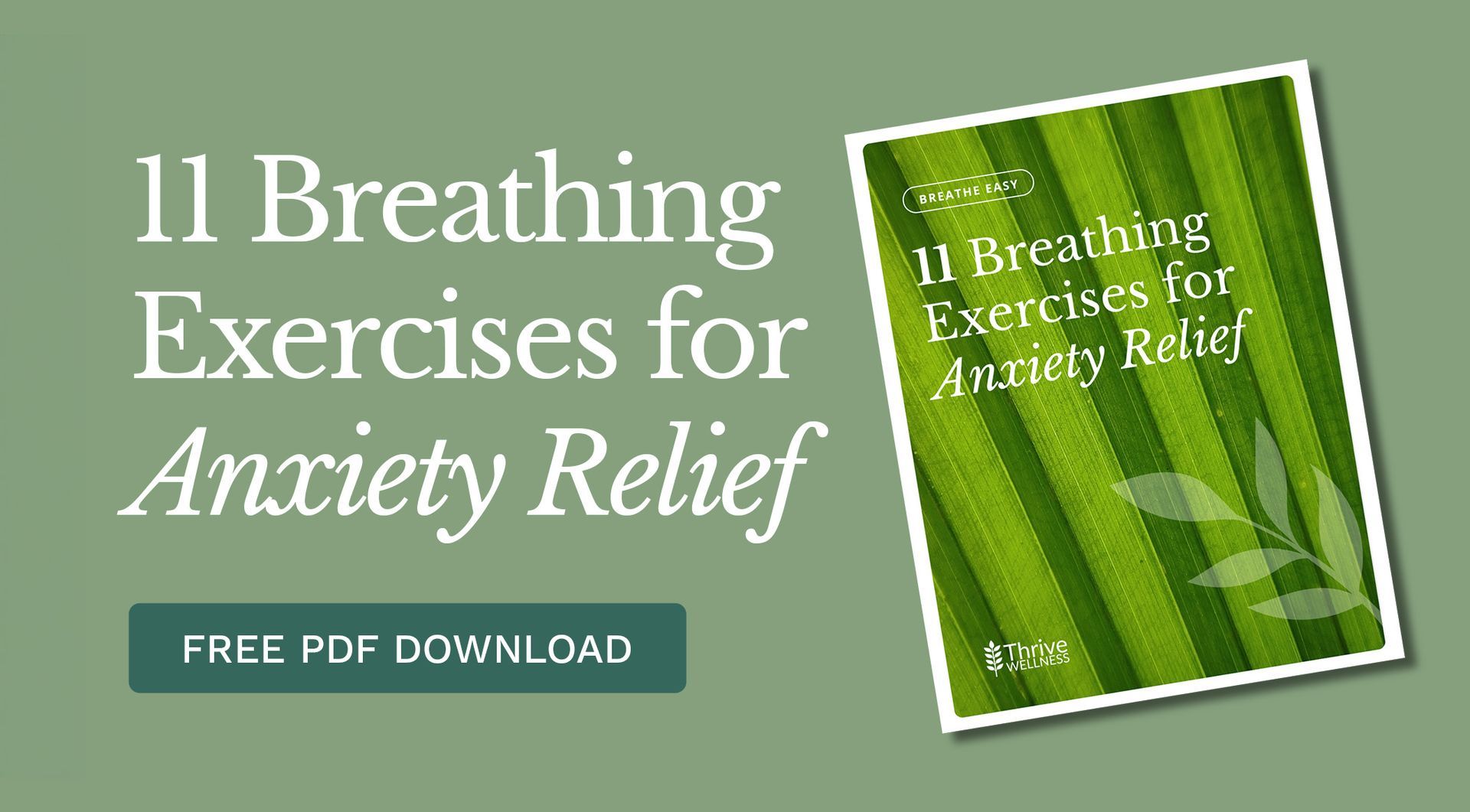The Surprising Benefits of Breathing Exercises for Managing Anxiety

If you struggle with anxiety and stress, it can feel impossible to avoid their effects on the body and mind. In today's busy world, anxiety has become an unwanted but common companion to many of us. Fortunately, there's a simple and accessible tool to help manage these overwhelming feelings: breathing exercises for anxiety. These exercises are not just a trend but a scientifically backed method to regain control in stressful situations.
Like all health conditions, anxiety is best treated with the help of medical professionals. While these exercises can provide immediate relief from anxiety symptoms, they work best when integrated into a broader anxiety management plan that might include therapy or medication.
Let's explore some of these benefits for those seeking peace of mind.
What are Breathing Exercises for Anxiety, and How Do They Help?
Breathing exercises for anxiety involve controlled breathing techniques specifically designed to manage stress and reduce anxiety symptoms. Using these techniques, you can activate the body's parasympathetic nervous system, which counteracts the stress response and promotes relaxation. The practice commonly includes techniques like deep breathing and diaphragmatic breathing, each targeting different aspects of stress regulation.
The beauty of these exercises lies in their ability to promote mindfulness and induce a state of calm in stressful situations. By focusing in on your breathing, you can experience a tangible reduction in overall anxiety levels. Regular practice equips you with a practical tool for responding to stress, leading to improved emotional well-being. Incorporating these breathing techniques into your daily life can serve as an antidote against the tides of anxiety that come with everyday life and can become a useful preventative measure, aiding in reducing the overall effects of anxiety.
How Often Should I Practice Breathing Exercises to Manage Anxiety?
Consistency is key in effectively managing anxiety through breathing exercises. To maximize the benefits, it's essential to incorporate these techniques into your daily routine. Aiming to practice breathing exercises every day provides the best results, as it helps build a habit that reinforces relaxation and control over anxiety.
Short sessions multiple times a day may prove more effective than one lengthy session. This approach helps maintain an ongoing sense of calm and allows you to tap into these exercises whenever stress arises. Beginning with just a few minutes per session and gradually increasing the duration ensures comfort and prevents overwhelming feelings. It is crucial to listen to your body and adjust the frequency and duration according to personal needs and stress levels.
- Start Small: Begin with 5-minute sessions, gradually increase as comfort grows.
- Daily Routine: Integrate exercises into morning or evening routines for consistency.
- Flexibility: Adapt frequency based on daily stress levels and personal comfort.
A consistent practice not only builds resilience against anxiety but also becomes a proactive strategy that cultivates long-term emotional balance.
What are the most effective types of breathing exercises?
There are many medically reviewed breathing techniques that are effective in managing anxiety and promoting relaxation. To help you get started, we’ve put together a guide featuring some of the most effective breathing exercises that you can practice anywhere. Download our free PDF Guide.
Finding the Calm Within: Embracing the Power of Breathing Exercises
Breathing exercises for anxiety hold transformative power, offering a pathway to peace in the hustle and bustle of everyday life. Their accessibility and effectiveness provide a supportive framework for managing anxiety, grounding individuals in moments of stress and fostering a long-term approach to emotional well-being. By dedicating time to practicing breath work, you can take proactive steps towards managing your anxiety alongside other treatments. Embracing these techniques could be the key to unlocking a calmer, more resilient you.









